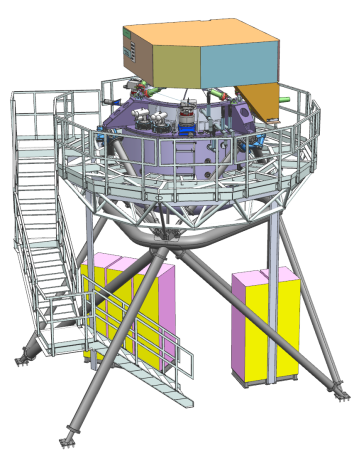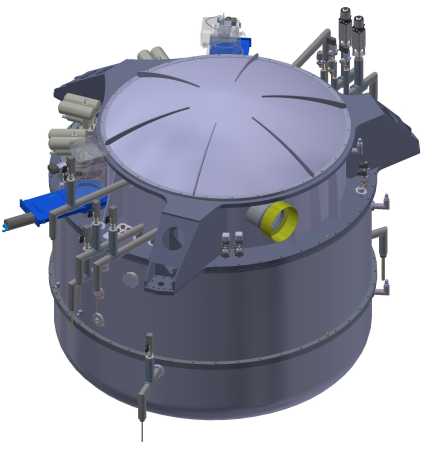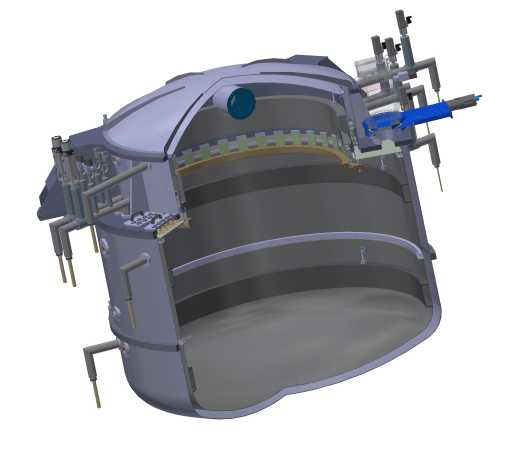METIS for the ELT
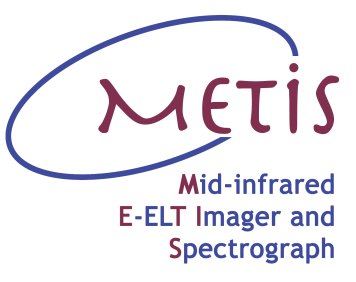
The Mid-infrared ELT Imager and Spectrograph (METIS) is a powerful mid-infrared imager and spectrograph for the external page Extremely Large Telescope (ELT), Europe’s next-generation ground-based telescope for optical and infrared (IR) wavelengths. Covering the L, M and N bands, METIS will offer imaging, coronagraphy and medium-resolution spectroscopy over the full wavelength range (3-13 microns), and high-resolution integral field spectroscopy in L and M bands (3-5 microns).
The ELT is constructed and operated by the external page European Southern Observatory (ESO) and will be the largest optical to mid-infrared telescope on Earth when it starts operations towards the middle of this decade. With its 39-metre primary mirror and advanced adaptive-optics systems, it will have six times the resolution of the James Webb Space Telescope. METIS will take full advantage of this remarkable telescope and its adaptive optics to probe the structure and composition of objects with revolutionary precision.
METIS will make full use of the giant main mirror of the telescope to study a wide range of science topics, from objects in our Solar System to distant active galaxies. Among others, METIS is expected to make large contributions to the field of exoplanets. The instrument will be able to study the temperature, weather, and seasonal changes of the atmospheres of many giant exoplanets. Furthermore, METIS has the potential to directly detect terrestrial exoplanets around the nearest stars and, in favourable cases, investigate their atmospheric composition.
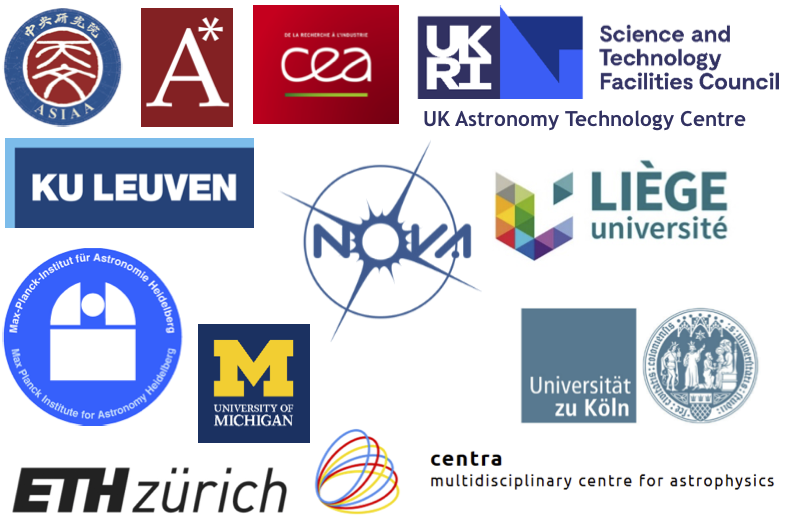
METIS is constructed by the external page METIS consortium which consists of 13 partner organisations and is lead by the Netherlands Research School for Astronomy (NOVA) represented by the University of Leiden.
Our group is one of the partners and has two leading roles in this project and a major hardware contribution: Prof. Sascha Quanz is leading the METIS Science Team and Dr. Adrian Glauser is leading the METIS Systems Team that develops the METIS instrument.
ETH Zurich is further responsible for developing and providing the METIS Cryostat, lead by Emilie Bouzerand with support from Paul Prantl. The cryostat is designed together with the D-Phys Engineering Office. We are also supporting testing of infrared optics (filters and coronagraphs) using our Cryogenic Optical Testbench.
